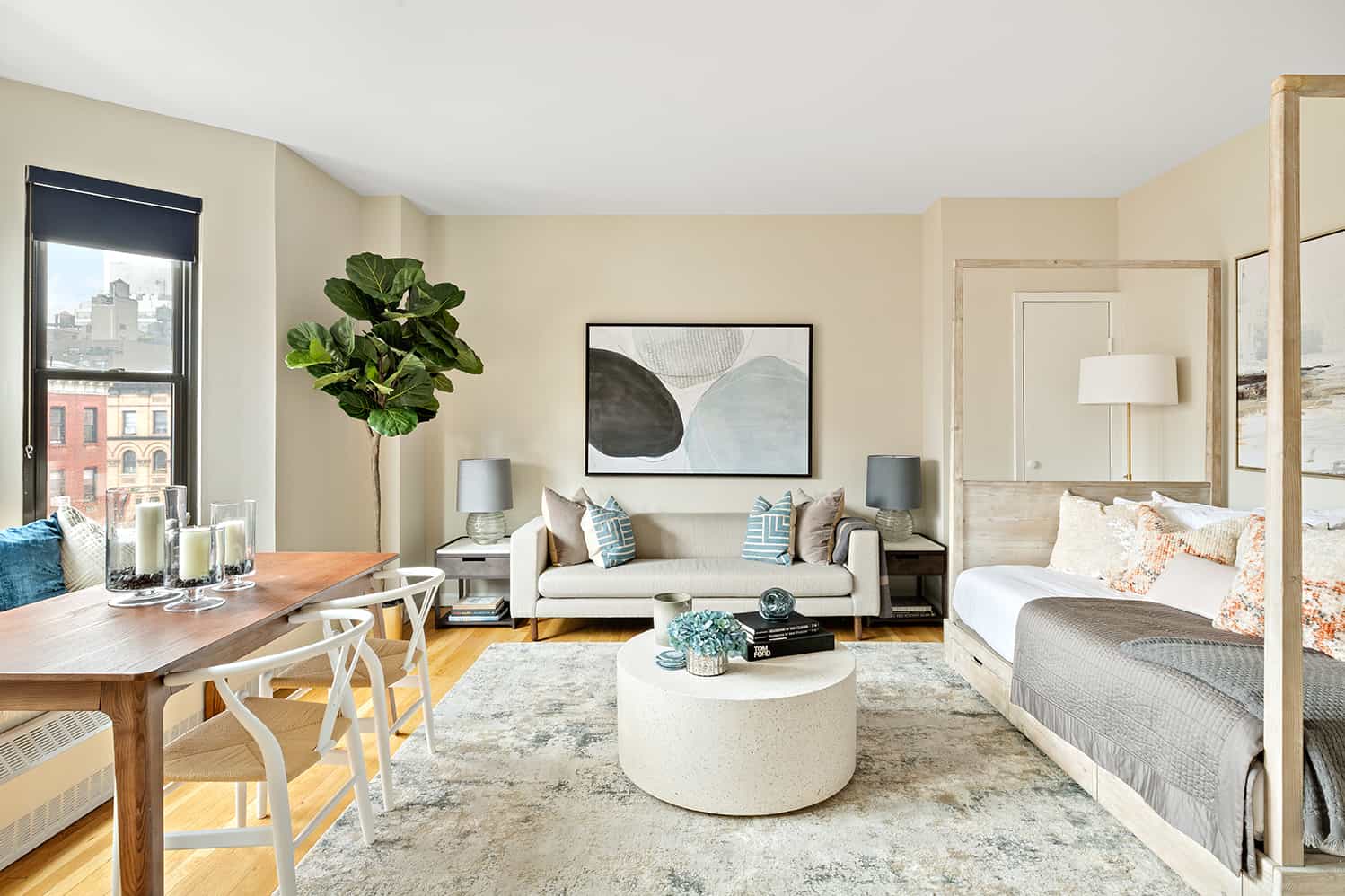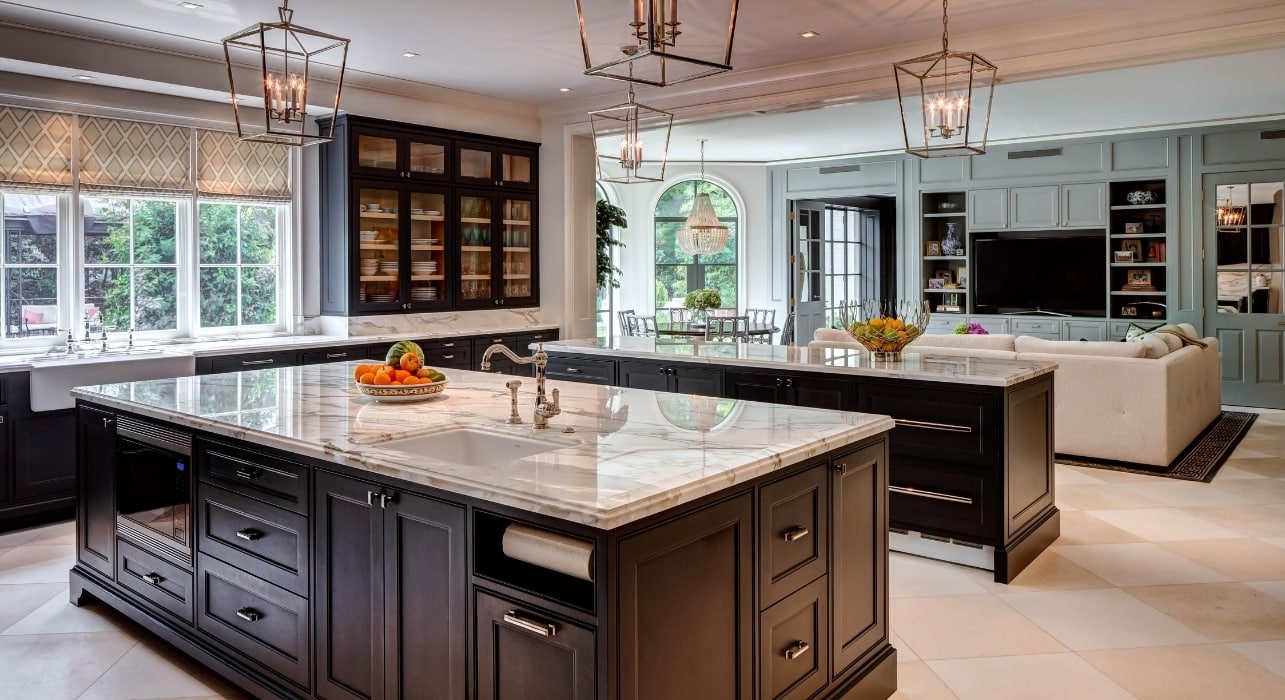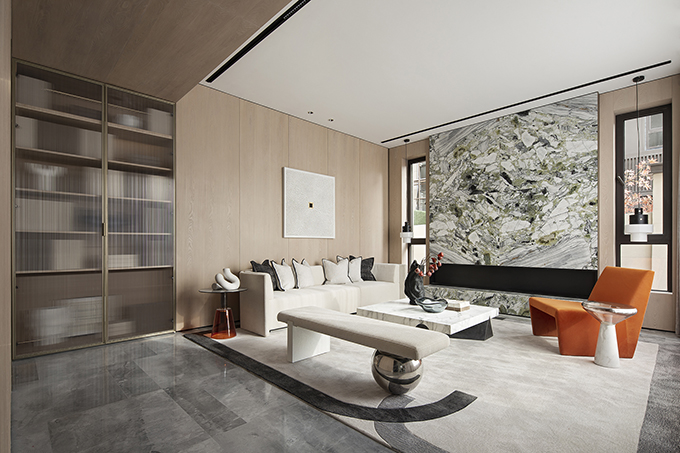In the world of real estate, creating an inviting and aesthetically pleasing interior is crucial for attracting potential buyers and helping homeowners enjoy their living spaces. As someone who has worked in interior design for over a decade, I’ve seen firsthand how thoughtful design can elevate a property’s value and appeal. In this article, we will explore various aspects of real estate interior design, from current trends to practical tips for implementation. Let’s dive in!
Understanding Real Estate Interior Design
Real estate interior design encompasses the planning and execution of interior spaces within residential and commercial properties. Its goal is to create environments that are not only beautiful but also functional and tailored to the users’ needs.
Importance of Interior Design in Real Estate
- Increased Property Value: Well-designed interiors can significantly boost property value.
- Enhanced Aesthetic Appeal: A beautiful space attracts more potential buyers.
- Improved Functionality: Thoughtful layouts can improve the usability of a space.
- Market Differentiation: Unique designs set your property apart from others.

Current Trends in Real Estate Interior Design
1. Biophilic Design
Connecting interior spaces with nature is more popular than ever. Biophilic design focuses on integrating natural elements within indoor environments, which helps promote well-being and tranquility.

Features of Biophilic Design
| Element | Description |
|---|---|
| Natural Light | Maximizing daylight through larger windows and open spaces. |
| Indoor Plants | Incorporating greenery to enhance air quality and aesthetics. |
| Natural Materials | Using wood, stone, and other materials that mimic nature. |
2. Minimalism
Less is more! Minimalism emphasizes simplicity and the reduction of clutter. This trend uses a neutral color palette and functional furnishings to create calm and open spaces.

Pros and Cons of Minimalism
| Pros | Cons |
|---|---|
| Creates a calming environment | May feel too sterile if not done thoughtfully |
| Easier to maintain | Can limit personalization |
3. Smart Home Technology
Integrating technology into home designs is no longer optional. Smart home devices can enhance security, energy efficiency, and convenience.
.14.jpeg)
Popular Smart Home Features
- Smart lighting systems
- Smart thermostats
- Home security cameras
- Automated window treatments
Key Elements of Real Estate Interior Design

Space Planning
Space planning is the backbone of interior design. It involves arranging furniture and decor elements to create a functional layout. A well-planned space can greatly enhance the flow of a home.
Tips for Effective Space Planning
- Consider traffic flow to avoid congestion.
- Use multifunctional furniture to save space.
- Keep necessary items easily accessible.

Color Schemes
Choosing the right color palette can dramatically influence the mood of a space. Neutral tones are a safe choice for attracting a wide range of buyers, while bold colors can express personality.
Popular Color Trends
| Color | Effect |
|---|---|
| Soft Beige | Creates warmth and comfort |
| Cool Gray | Offers a modern and sleek look |
| Pastel Shades | Bring a refreshing and light feeling |
Lighting Design
Lighting can significantly enhance the ambiance of a space. A combination of natural light, ambient lighting, task lighting, and accent lighting can create a layered effect that adds depth to a room.
Practical Tips for Interior Design in Real Estate
1. Assess Your Audience
Understanding who your potential buyers are can help tailor your interior design choices to meet their preferences and lifestyle.
2. Focus on Curb Appeal
First impressions matter! Ensure that the exterior of your property is just as appealing as the interior.
3. Invest in Quality Over Quantity
When it comes to furnishings and decor, it’s better to invest in fewer high-quality pieces than to clutter a space with cheap items.
4. Incorporate Personal Touches
While it’s essential to keep designs neutral for broader appeal, personal touches can make a space feel inviting and lived in.
Real Estate Interior Design Case Studies
Case Study 1: Revamping a Family Home
In one project, I worked with a family who wanted to update their dated home. After assessing their needs, we opted for a modern farmhouse style, incorporating natural materials and a neutral color palette. The final result was a cozy, welcoming space that appealed to buyers looking for a family-friendly home.
Case Study 2: A Chic Urban Apartment
Another project involved a downtown apartment that needed an upscale makeover. By introducing sleek, minimalist furniture and smart home options, we transformed the apartment into a sophisticated space. This project attracted a higher caliber of renters and significantly increased rental income.
FAQs about Real Estate Interior Design
What is the main goal of interior design in real estate?
The primary goal is to create functional and aesthetically pleasing spaces that enhance the property’s overall value and appeal to potential buyers or renters.
How can interior design impact real estate value?
A well-designed interior can significantly increase property value by making it more appealing and functional, allowing for faster sales and potentially higher selling prices.
What are some cost-effective interior design tips for home sellers?
- Declutter and depersonalize the space.
- Use paint to freshen up walls.
- Invest in good lighting fixtures.
- Staging with existing furniture can also help.
How important is lighting in interior design?
Lighting is crucial as it can influence how a space feels and looks. Proper lighting enhances colors and shapes, creating a more inviting atmosphere.
Conclusion
Real estate interior design plays a pivotal role in enhancing a property’s aesthetic and functional appeal. From understanding the latest trends to implementing practical design tips, there are various ways to transform spaces effectively. Whether you’re preparing a home for sale or simply want to enjoy a more beautiful living environment, investing in thoughtful interior design is a rewarding endeavor.
Embrace your creativity, keep up with industry trends, and don’t hesitate to seek professional help if needed. The right design can make all the difference in how a property is perceived and valued.